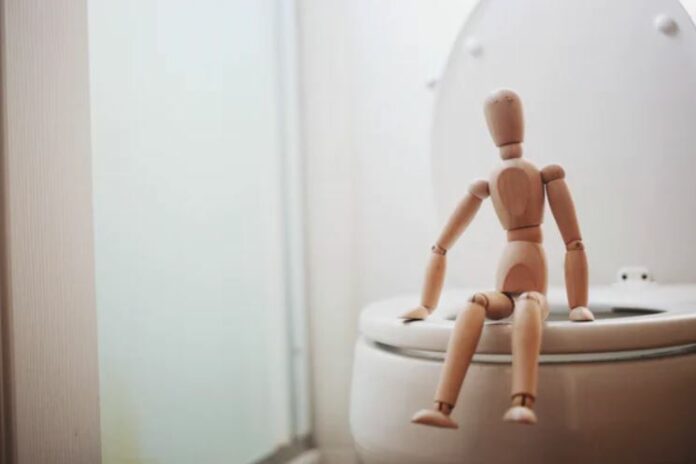Overview
A urinary tract infection is a bacterial infection of the urinary tract.
The infection can affect different parts of the urinary tract, including the bladder (cystitis), kidneys (pyelonephritis), and urethra, the tube that empties urine from the bladder to the outside.
Commonly Associated With
UTI – children; Cystitis – children; Bladder infection – children; Kidney infection – children; Pyelonephritis – children
Cause
Urinary tract infections (UTIs) can occur when bacteria get into the bladder or to the kidneys. These bacteria are common on the skin around the anus. They can also be present near the vagina.
Some factors make it easier for bacteria to enter or stay in the urinary tract, such as:
- Vesicoureteral reflux in which urine flow backs up into the ureters and kidneys.
- Brain or nervous system illnesses (such as myelomeningocele or spinal cord injury).
- Bubble baths or tight-fitting clothes (girls).
- Changes or birth defects in the structure of the urinary tract.
- Not urinating often enough during the day.
- Wiping from back (near the anus) to front after going to the bathroom. In girls, this can bring bacteria to the opening where the urine comes out.
- UTIs are more common in girls. This may occur as children begin toilet training around 3 years of age. Boys who are not circumcised have a slightly higher risk of UTIs before age 1.
Symptoms
Young children with UTIs may have a fever, poor appetite, vomiting, or no symptoms at all.
Most UTIs in children only involve the bladder. It may spread to the kidneys.
Symptoms of a bladder infection in children include:
- Blood in the urine
- Cloudy urine
- Foul or strong urine odor
- Frequent or urgent need to urinate
- General ill feeling (malaise)
- Pain or burning with urination
- Pressure or pain in the lower pelvis or lower back
- Wetting problems after the child has been toilet trained
- Signs that the infection may have spread to the kidneys include:
- Chills with shaking
- Fever
- Flushed, warm, or reddened skin
- Nausea and vomiting
- Pain in the side (flank) or back
- Severe pain in the belly area
Exams & Tests
A urine sample is needed to diagnose a UTI in a child. The sample is examined under a microscope and sent to a lab for a urine culture.
It may be hard to get a urine sample in a child who is not toilet trained. The test cannot be done using a wet diaper.
Ways to collect a urine sample in a very young child include:
- Urine collection bag — A special plastic bag is placed over the child’s penis or vagina to catch the urine. This is not the best method because the sample may become contaminated.
- Catheterized specimen urine culture — A plastic tube (catheter) placed into the tip of the penis in boys, or straight into the urethra in girls, collects urine right from the bladder.
- Suprapubic urine collection — A needle is placed through the skin of the lower abdomen and muscles into the bladder. It is used to collect urine.
Imaging may be done to check for any anatomical abnormalities or to check kidney function, including:
- Ultrasound
- X-ray is taken while the child is urinating (voiding cystourethrogram)
- Your health care provider will consider many things when deciding if and when a special study is needed, including:
- The child’s age and history of other UTIs (infants and younger children usually need follow-up tests)
- The severity of the infection and how well it responds to treatment
- Other medical problems or physical defects the child may have
Treatment
In children, UTIs should be treated quickly with antibiotics to protect the kidneys. Any child under 6 months old or who has other complications should see a specialist right away.
Younger infants will most often need to stay in the hospital and be given antibiotics through a vein. Older infants and children are treated with antibiotics by mouth. If this is not possible, they may need to get treated in the hospital.
Your child should drink plenty of fluids when being treated for a UTI.
Some children may be treated with antibiotics for periods as long as 6 months to 2 years. This treatment is more likely when the child has had repeat infections or vesicoureteral reflux.
After antibiotics are finished, your child’s provider may ask you to bring your child back to do another urine test. This may be needed to make sure that bacteria are no longer in the bladder.
Source
Courtesy of MedlinePlus from the National Library of Medicine



